Site Set Up
Enough snow has melted for us to start setting up the sites with the equipment that will stay in the field. We have been working hard to prepare all the equipment that will take automated samples in the field. I have learned all sorts of new carpentry and wiring skills. I am quickly learning that as scientists you really need to be a jack-of-all-trades.
Preparations in the lab
I have been tasked with setting up and wiring the data loggers for the conductivity probe that stays out in the field and measures conductivity every five minutes. We are especially interested to see how these measurements change through out the day, over the season and during storm cycles. The data logger will be out at the site in the red cooler that you see in the photo.
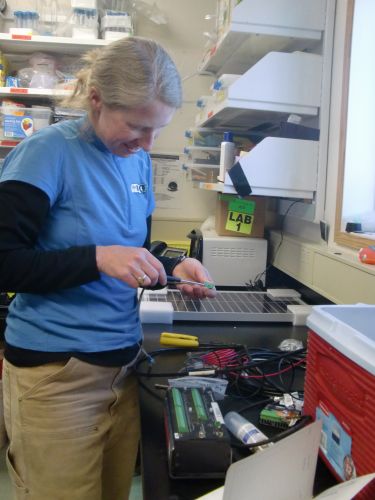
The logger is connected to a battery that is charged by a solar panel.

Setting up in the field
We have been working on setting up the field sites this week. It takes a full day (that means at least 8-10 hrs) of work to lug the equipment out, set it up and get everything running at one site. At each site we have two set ups that are logging data and taking samples.
We have a large white cooler with data loggers connected to thermocouples (ground temperature probes) that were placed last fall when the ground was thawed. The thermocouples record temperature a depths of 2, 4, 6, 8, 10, 15, 20, 25, 30 and 35 cm. These will start recording now and record all through the winter too. The hardest part is finding the buried wires that will come into the cooler and connect to the data logger. As the snow melts at the other sites the wires will be easier to find. There will also be a battery in this cooler that will be charged by a solar panel to run the data loggers.
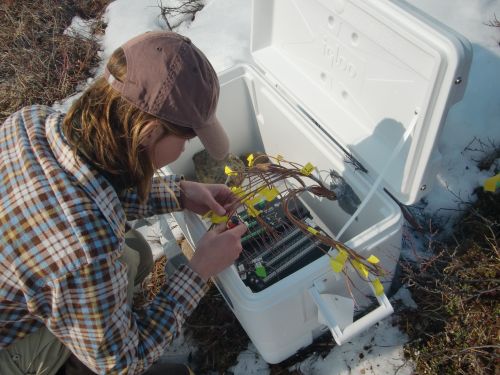
On the other side of the water track, we are setting up a wooden pallet with the conductivity probe, battery, solar panel and an auto sampler. The auto sampler will takes one sample per day at 8pm. We will collect these bottles every two weeks. During storms, the auto sampler is triggered to take more frequent samples.

Apparently grizzly bears don’t like the sound of the auto sampler and have been known to attack them. So we have to erect a electric fence around the pallet. From my days of living on a farm, I have some knowledge of electric fences, so I got the task of hooking up the fence.
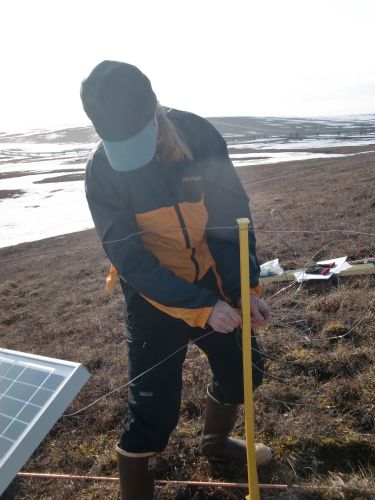
The weir, the boards at the bottom of the water track that direct the water flow, at this site needed some fixing. I worked to fill the gaps to keep as much flow as possible flowing over the notch. You can see my patch job below.
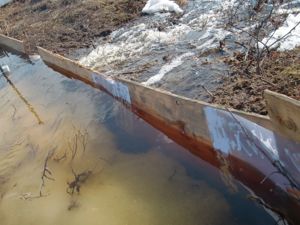
Question to Ponder- Discussion
QTP from 5/20/22

The photo is above of a precipitation gauge. One side fills and tips. The number of tips is calculated into an amount of precipitation. These gauges are also tied into our auto samplers, so when a storm comes the auto sampler will be triggered to take more samples during the storm.
QTP from 2/21/12
Scat photos
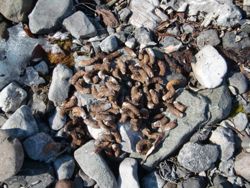
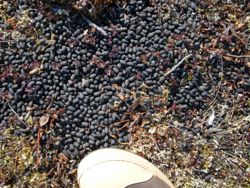


Comments